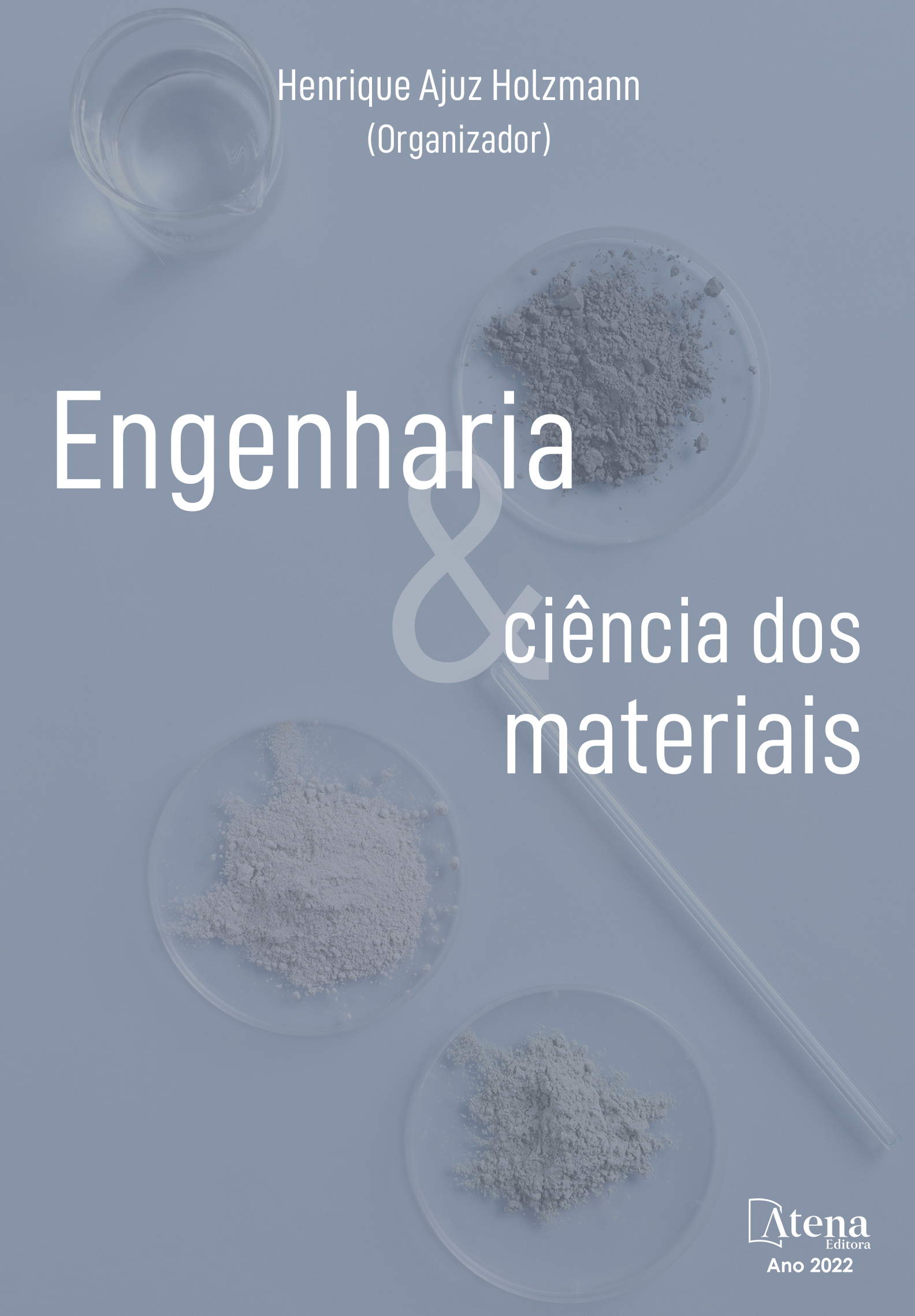
DIMINUIÇÃO DO IMPACTO AMBIENTAL NO PROCESSO DE DESSULFURAÇÃO DE FERRO GUSA VIA KR
Devido ao aumento da restrição do teor de enxofre nos aços torna-se necessário investigar a eficiência do processo de dessulfuração de ferro gusa. A fluorita é o fuxante mais usado neste processo. Apesar dos bons resultados alcançados com o uso da mesma, ela traz alguns inconvenientes do ponto de vista ambiental e operacional Portanto, o objetivo deste trabalho é empregar diferentes matérias-primas e fundentes como cal calcítica, sodalita, pré-cal, mistura padrão, fluorita, escória de KR, borra de alumínio e B2O3, a fim de encontrar a composição com maior eficiência de dessulfuração, relacionando-a ao fator de dessulfuração, obtido pela termodinâmica computacional. Os testes foram realizados a 1350°C, em uma atmosfera inerte com agitação constante. Os resultados mostraram que a mistura com maior eficiência foi aquela com 69% de cal, 5% de sodalita, 15% de pré-cal, 6% de escória KR e 5% de B2O3.
DIMINUIÇÃO DO IMPACTO AMBIENTAL NO PROCESSO DE DESSULFURAÇÃO DE FERRO GUSA VIA KR
-
DOI: 10.22533/at.ed.0392209062
-
Palavras-chave: Dessulfuração; Fluxantes; Fator de Dessulfuração; Termodinâmica Computacional.
-
Keywords: Desulfurization; Fluxes; Desulfurization Factor; Computational Thermodynamics.
-
Abstract:
Due to the increased restriction of sulfur content in steels grades it becomes necessary to investigate the efficiency of hot metal desulfurization process. Therefore, the objective of this work is to employ different raw materials and fluxes such as lime, sodalite, limestone, standard mixture, fluorspar, KR slag, aluminum dross and B2O3, in order to find the composition with higher desulfurisation efficiency, relating it to the desulfurisation factor obtained by computational thermodynamics. The tests were performed at 1350°C in an inert atmosphere with constant stirring. The results showed that the mixture with the highest efficiency was the one with 69% lime, 5% sodalite, 15% limestone, 6% KR slag and 5% B2O3.
-
Número de páginas: 12
- Elton Volkers do Espírito Santo
- Flaviani Marculano Marchesi
- Heitor Cristo Clem de Oliveira
- Silas Gambarine Soares
- Henrique Silva Furtado
- Felipe Fardin Grillo
- José Roberto de Oliveira


